- The land of tea and steel, Thai Nguyen, and the land of star anise, Lang Son, are separated by administrative boundaries. But that does not create a distance between the people of the two regions, because for generations, people from the land of tea and steel and people from the land of star anise have often traveled back and forth, closely attached. Especially in the period of 1940-1945, a mountain range from Bac Son (Lang Son) to Vo Nhai (Thai Nguyen) was covered with forests and the people protected Viet Minh cadres to travel safely.
Mr. Hoang Van Thang, a prestigious elder in Phuong Hoang hamlet, Phu Thuong commune (Vo Nhai) confided: From Khuoi Noi (Vu Le commune, Bac Son) to Khuon Manh (Trang Xa commune, Vo Nhai) there is a trail running under the forest canopy, clinging to the back of the lizard mountain range passing through Phu Thuong. This was a secret area of operation for Viet Minh cadres, so many people in the surrounding area were soon enlightened and supported, following the revolution.
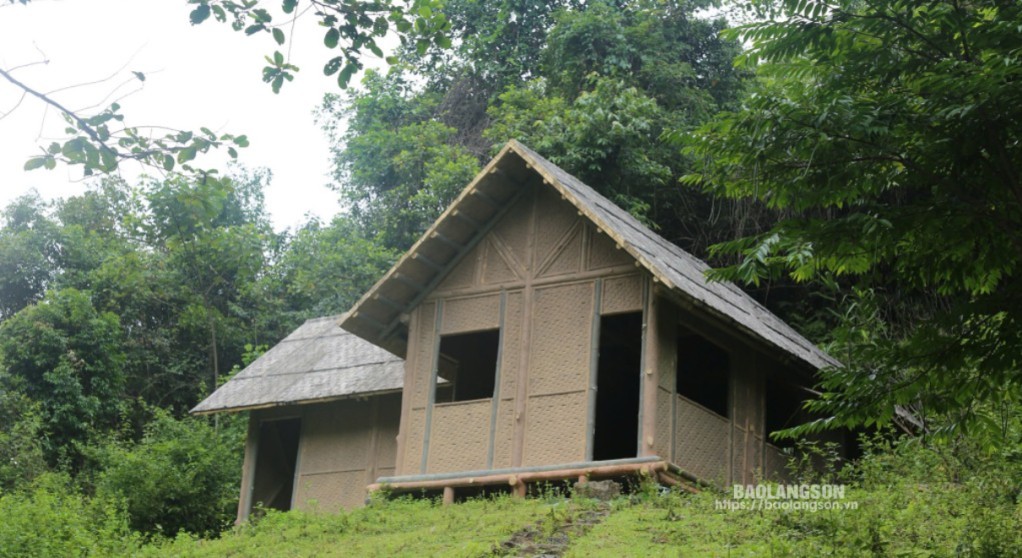
To learn more about the revolutionary movement at that time, we went to Long Hung village, Long Dong commune (Bac Son) to visit the Bac Son Uprising Museum. In addition to preserving and displaying many artifacts of the Bac Son culture, famous in Vietnamese archaeology, the Museum also dedicated space to reenacting the Bac Son uprising in September 1940. Knowing that we were from the "tea land", the Museum's tour guide was enthusiastic, throughout the story she told us, there was always an interweaving of the two revolutionary lands of Bac Son and Vo Nhai. I know that was the skillful way of telling stories of a tour guide. Yes! History happened like that...
She began to take us back in time to the land of Khuoi Noi River (Vu Le) and Dong River (Trang Xa), where the headquarters of the National Salvation Army was located in the past. Before the outbreak of the Bac Son uprising (September 27, 1940), the beginning of the revolutionary movement across the country, comrades Nong Van Cun (aka Thai Long) went to Vo Nhai to mobilize the people to support Bac Son; 10 loyal young men from the Vo Nhai Self-Defense Platoon volunteered to go to Bac Son with the insurgents to fight against the enemy's oppression and terror.
By the end of 1940, the Party Central Committee advocated maintaining the Bac Son armed forces, expanding the area of operation, taking the Bac Son - Vo Nhai area as the center. Notably, on February 23, 1941, in the Khuoi Noi forest, the Bac Son National Salvation Army, consisting of 32 cadres and soldiers, was established by comrade Luong Van Tri, member of the Standing Committee of the Bac Ky Regional Party Committee, as Commander. On behalf of the Party Central Committee, comrade Hoang Van Thu presented the team with a red flag with a five-pointed yellow star embroidered by the Hanoi Anti-Imperialist Women's Association.
Immediately after its establishment, the National Salvation Army actively expanded its area of operation, and at the same time mobilized the people in the area to participate in building a secret agency in Khuoi Noi. By April 1941, the communes of Lau Thuong, Phu Thuong, Trang Xa (Vo Nhai) connected with the communes of Vu Le, Vu Lang, Huu Vinh, Ngu Vien (Bac Son) became the central area of the Bac Son - Vo Nhai base. The people of the areas of Bo Tat, Na Pheo, Nong Luc, Mo Nhai, Vu Lang, Sa Khao, Lan Pan, Lan Tay - Mo Pia, Mo Re, Tam Canh, Khuoi Noi... sheltered, supported, and protected the National Salvation Army to operate safely. Khuoi Noi was chosen by the National Salvation Army as its headquarters because this land was surrounded by Tam Tau forest and many high mountain ranges. In case of an incident, one can safely retreat in many different directions: to the South, cross to Phu Thuong commune (Vo Nhai), to the East, cross the forest to Tan Thanh and Tan Huong communes (Bac Son).
Faced with the constant growth of the National Salvation Army and the revolutionary struggle movement of the People, the French colonialists frantically suppressed and terrorized in an attempt to destroy the revolutionary struggle forces. They relentlessly hunted down, arrested, and brutally tortured many active cadres and masses. Especially when they learned about the comrades of the Party Central Committee Standing Committee who were on their way back from Cao Bang after the 8th Party Central Committee Conference. Protected by the National Salvation Army and the People, the Party leaders safely returned to the secret agency in Leu Mountain, Trang Xa... Continuously failing, the French colonialists became more and more angry and brutally suppressed and terrorized. They arrested relatives of the National Salvation Army soldiers; spread false information, forced people into concentration camps, causing the National Salvation Army to lose its support. Along with that, they continuously organized attacks on the central area of the National Salvation Army, destroying a number of mass bases, causing the National Salvation Army to face more and more difficulties. To preserve the force, the Command Board decided to withdraw the majority of the team to Cao Bang and the Vietnam-China border area, leaving only one platoon to maintain the mass base.
The pain was that in August 1941, 6 soldiers of the National Salvation Army I were captured by the enemy, beheaded and displayed to the public. The remaining 4 comrades retreated to Vo Nhai with the National Salvation Army unit there to fight against the enemy's terror. Amidst the brutality of the enemy, the people's spirit of struggle rose even higher. In Vo Nhai, the National Salvation organizations developed more and more deeply, gathering a large number of people from all walks of life, and the self-defense teams continued to be supplemented with loyal and indomitable members in the National Salvation Associations.
The spirit of hatred for the enemy and the determination to avenge the country were high, this was the right time to consolidate the armed struggle force of the Party. At that time, comrade Hoang Quoc Viet, member of the Party Central Committee, together with the leadership of the Bac Son - Vo Nhai base, advocated the restoration of the activities of the National Salvation Army to maintain and encourage the revolutionary movement.
On the morning of September 15, 1941, in Khuon Manh forest, on behalf of the Party Central Committee, comrade Hoang Quoc Viet announced the establishment of the Second National Salvation Army Platoon with 36 cadres and team members, of which 22 team members were from Vo Nhai. The platoon was commanded by comrade Chu Van Tan; comrade Nguyen Cao Dam was political director; comrade Tran Van Phan was deputy commander. Comrade Hoang Quoc Viet assigned the national flag and the task to the platoon to fight against enemy terrorism, eliminate traitors, destroy reactionary ringleaders, protect revolutionary bases, protect bases, consolidate and develop self-defense teams, maintain the sound of armed struggle to encourage the revolutionary movement of the whole country; with the spirit of sticking to the people, maintaining the revolutionary base, both fighting and organizing cultural and artistic activities well, opening literacy classes for team members and people in the area.
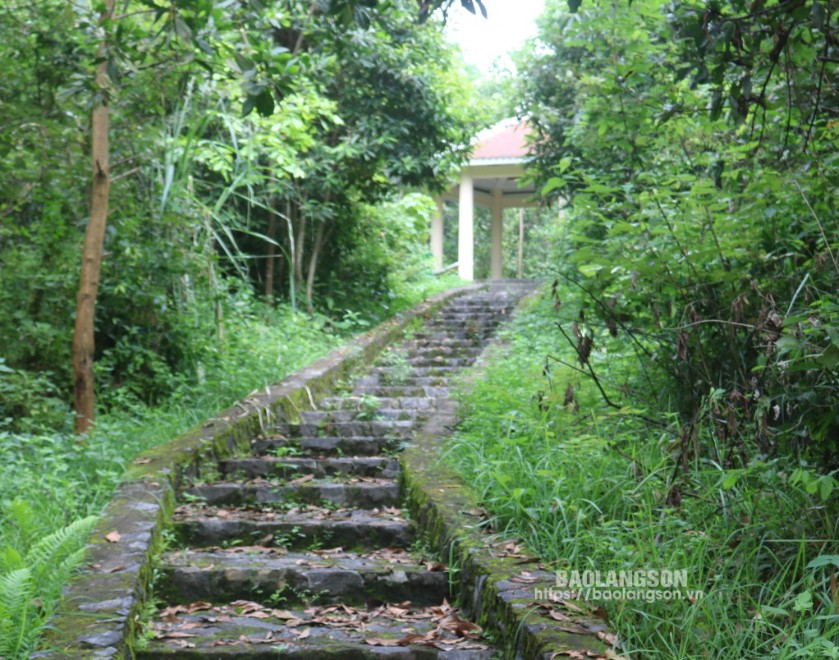
Mr. Nguyen Van Oanh, head of La Bo hamlet (Trang Xa) said: I am a younger generation, since I was young I have heard the elders tell stories about the Khuon Manh National Salvation Army. At that time, the weapons were rudimentary, but the cadres and members of the platoon fought bravely, achieving many feats that made the people proud. Typical examples are the battles at Deo Bap; Mo Nung Lau Ha; Suoi Bun (Trang Xa)... Many French soldiers and reactionary villains who worked for the invading French colonialists were destroyed by the platoon, atoning for the blood debt to the people.
The history books record, the people remember, the names and achievements of the cadres and members of the Vanguard Platoon for National Salvation are still here, engraved on granite steles, carved into the great forests of Khuoi Noi and Khuon Manh, lasting forever. To remember the contributions of the cadres and members of the National Salvation Army, the two sacred forests of Khuoi Noi and Khuon Manh - where the vanguard army of the revolution was established - are recognized as national monuments.
From Khuoi Noi to Khuon Manh is a journey of persistent, resilient, and indomitable struggle of the elite people who created a heroic Bac Son - Vo Nhai. All were built with blood and tears. That is why the historical relics of the resistance war, Khuoi Noi and Khuon Manh, have long been red addresses for educating revolutionary traditions. Many young people of Bac Son and Vo Nhai were admitted to the Youth Union and took oaths before the Party flag at these relics.
As a Vietnamese citizen, how many people do not know the poem “We go to” by To Huu? Yes! “We go in broad daylight/On the main road, leisurely, we walk/Our road is wide and spacious, we walk/Bac Son, Dinh Ca, Thai Nguyen road”… That road has changed a lot now, it is wider and much more beautiful. The country is integrating and innovating, infrastructure is changing rapidly, Bac Son, Dinh Ca roads are paved; the road to Khuoi Noi and Khuon Manh is now spacious. The Viet Bac forests are as generous as a mother’s heart, embracing many private feelings with the whispering sound of leaves like a lullaby, taking us back to the green historical harbor. Each name carved into that granite slab is a revolutionary epic, a triumphant song that goes with the years.
Source: https://baolangson.vn/tu-xu-hoa-hoi-ve-xu-tra-dat-thep-5022252.html



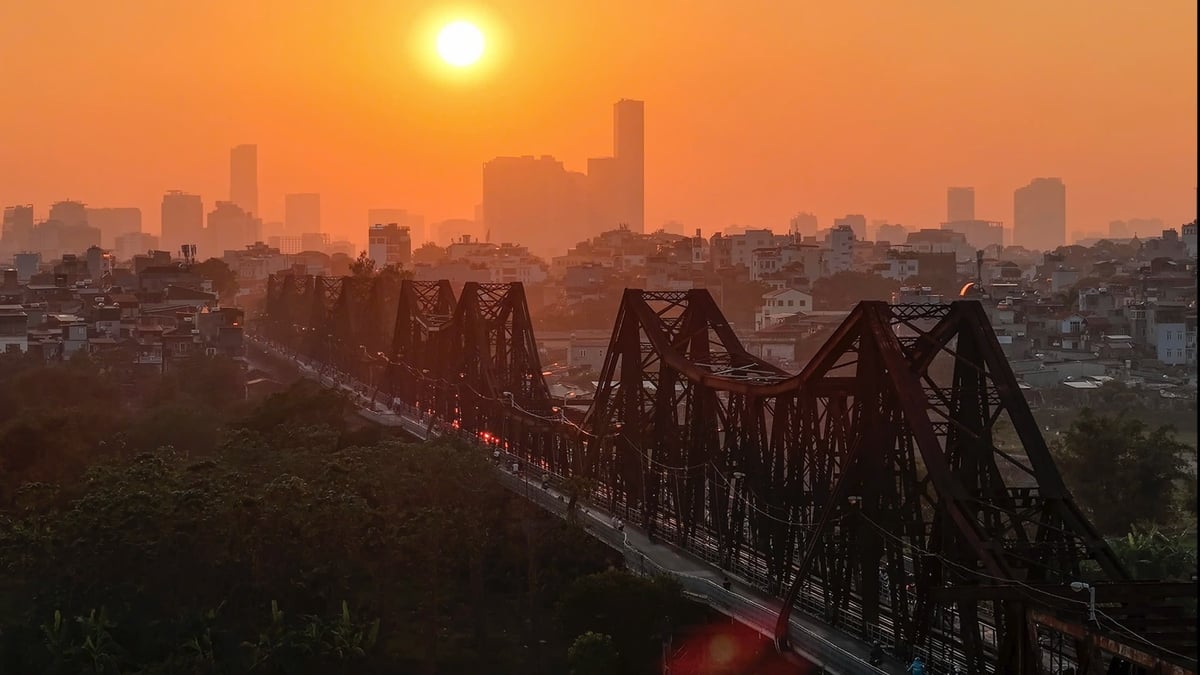
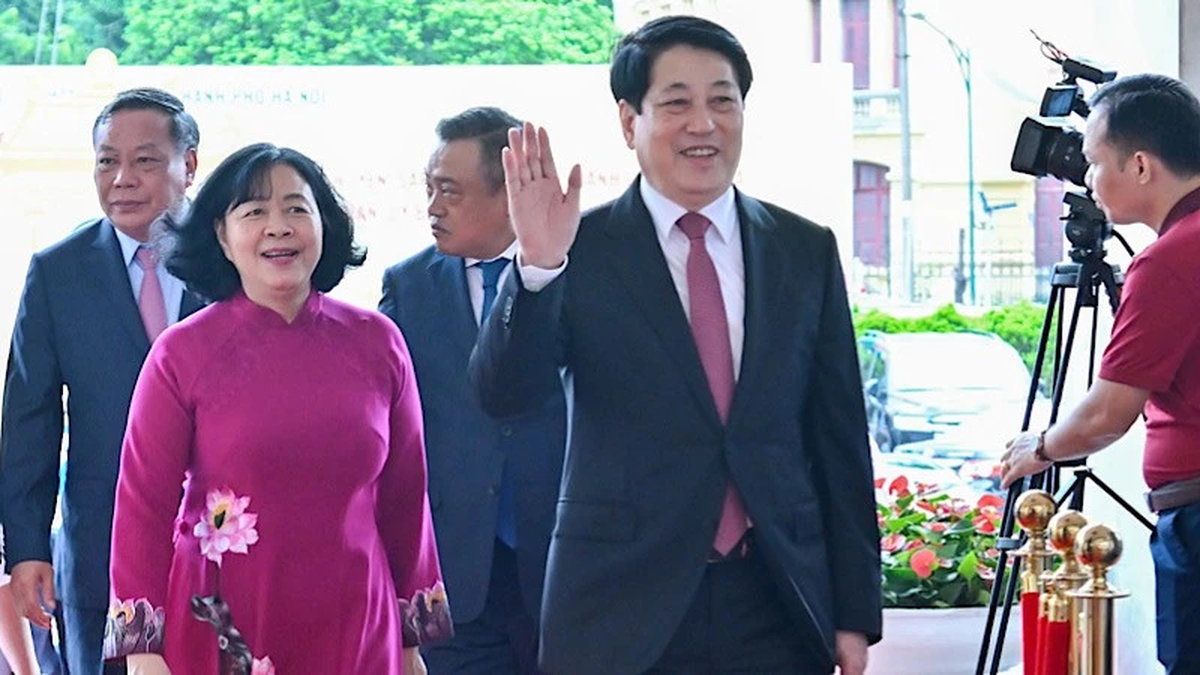
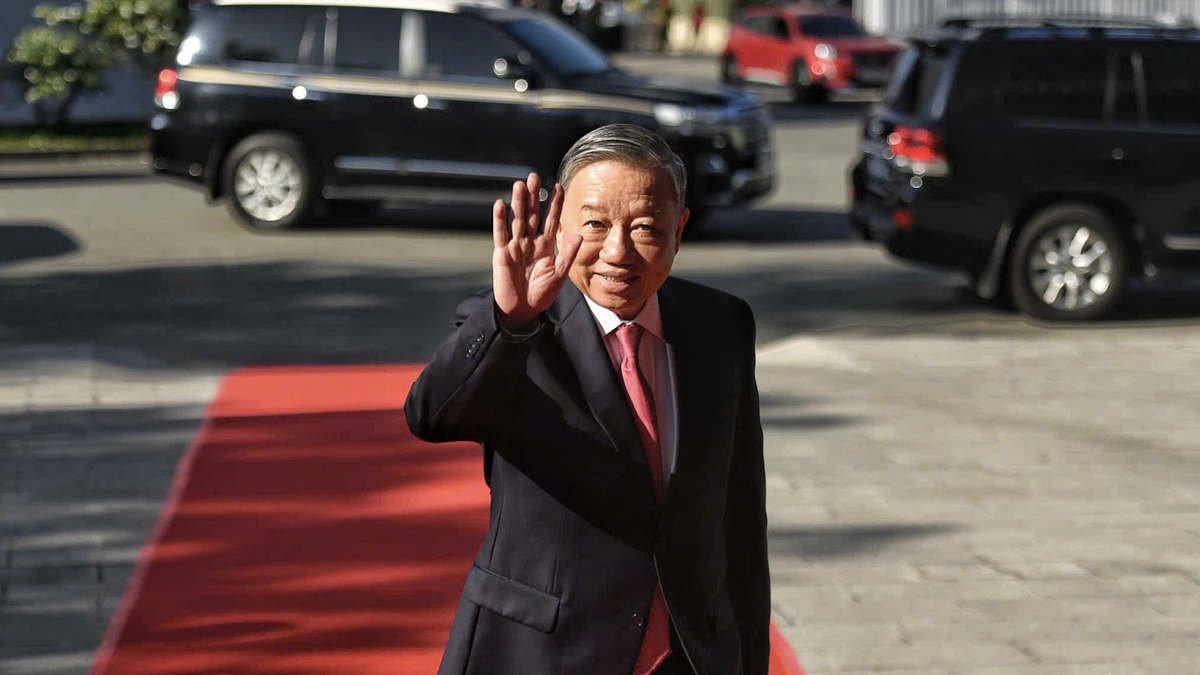

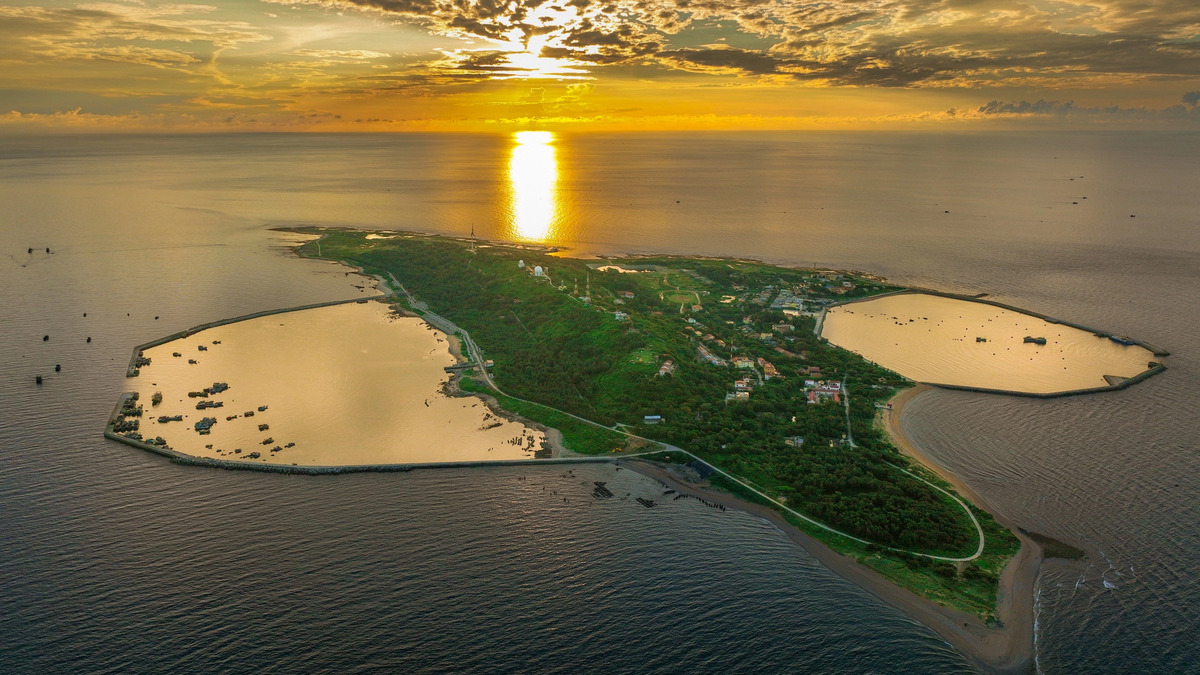
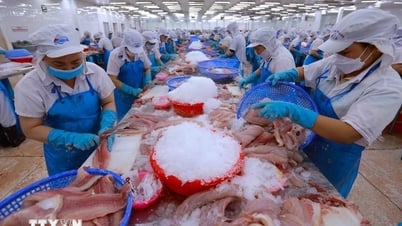





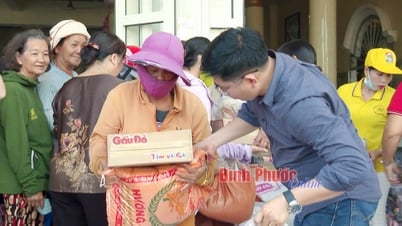



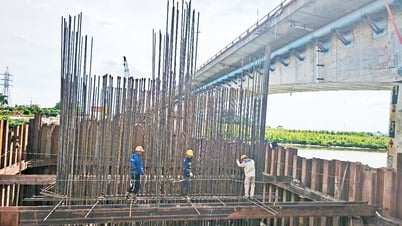
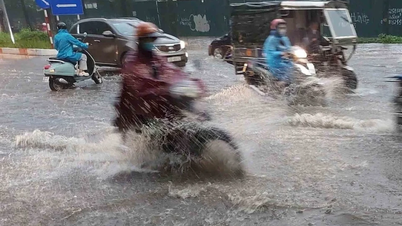

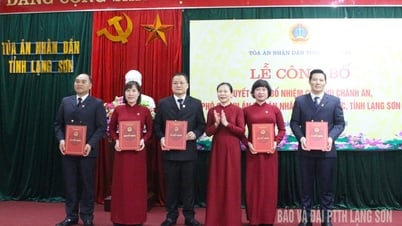
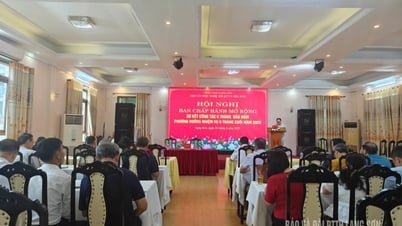
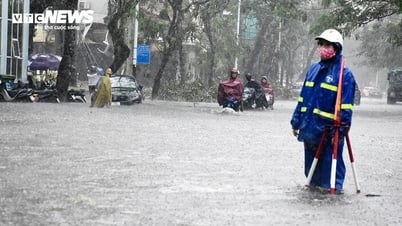
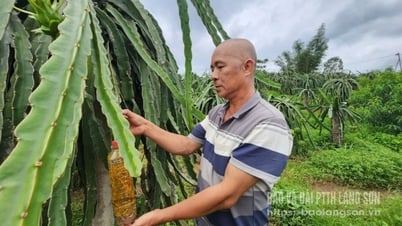
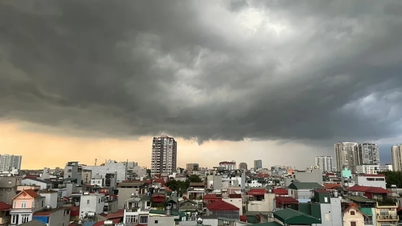




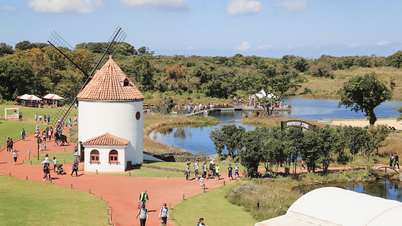


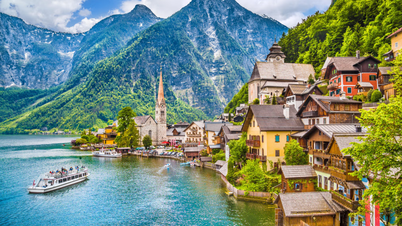
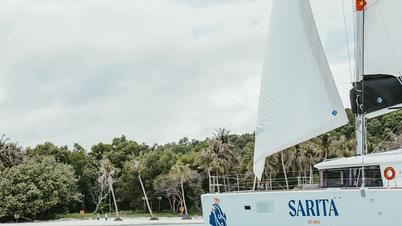
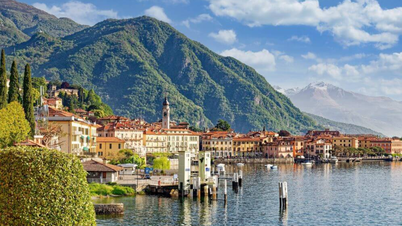
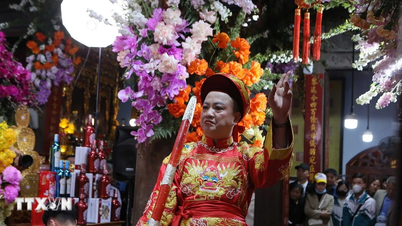
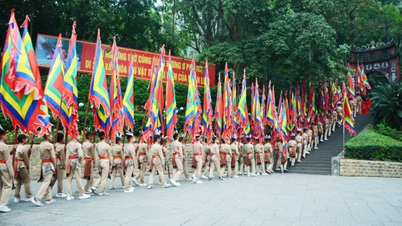

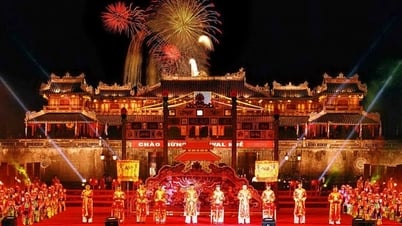

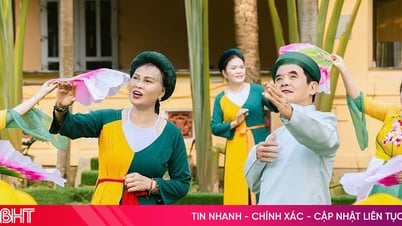




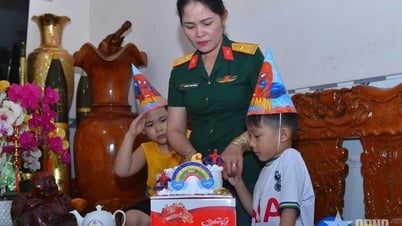
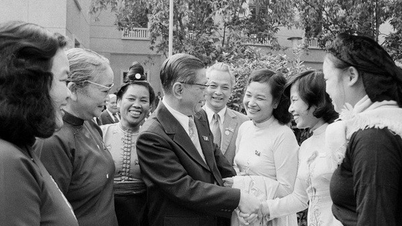
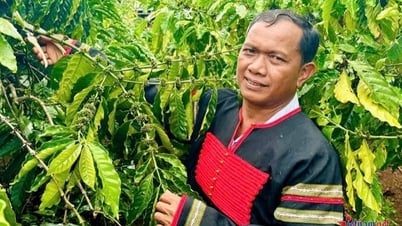

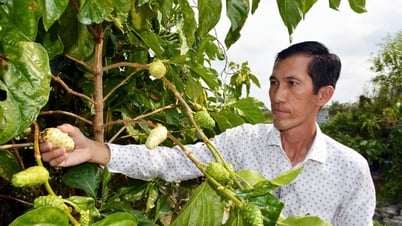







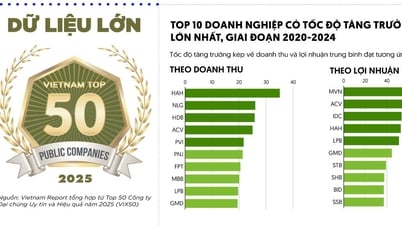



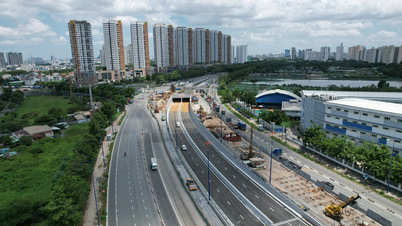
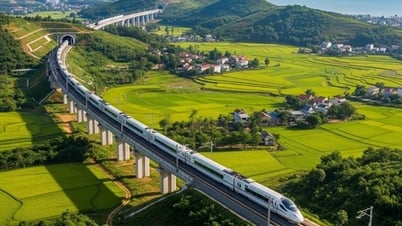









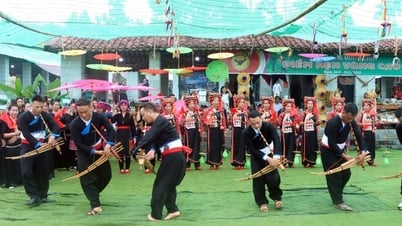

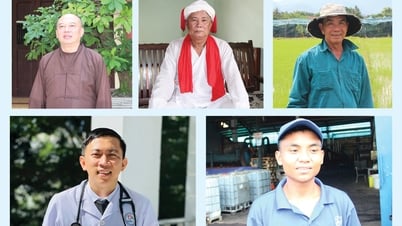

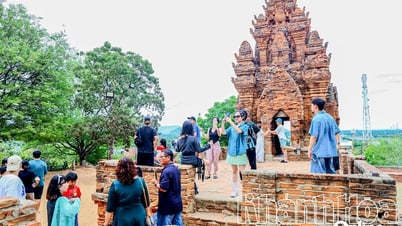
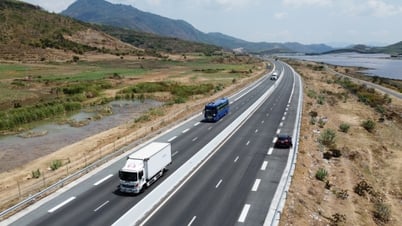
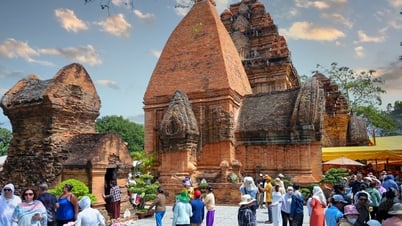
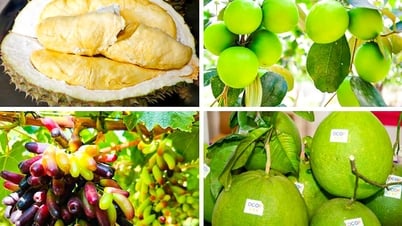









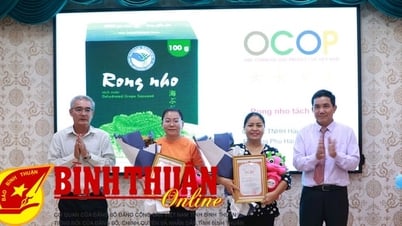



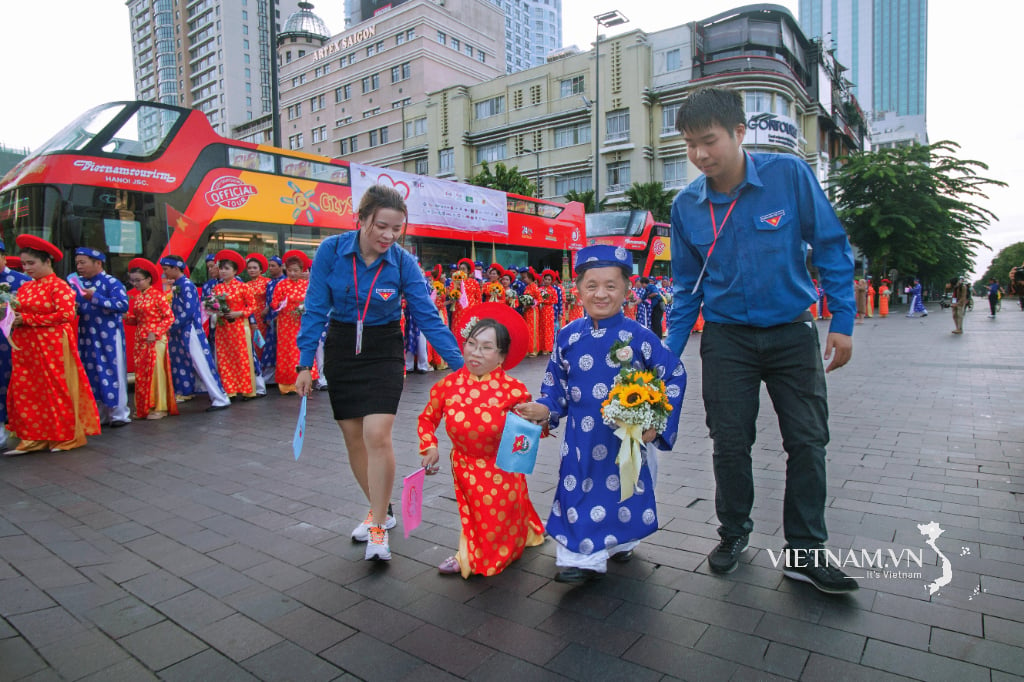


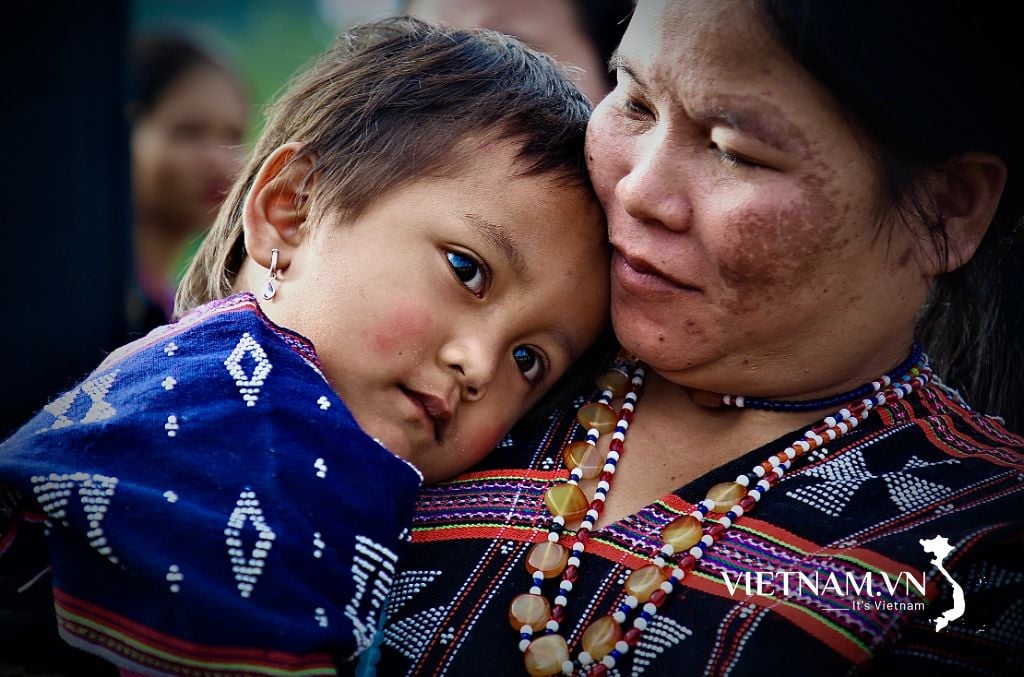
Comment (0)